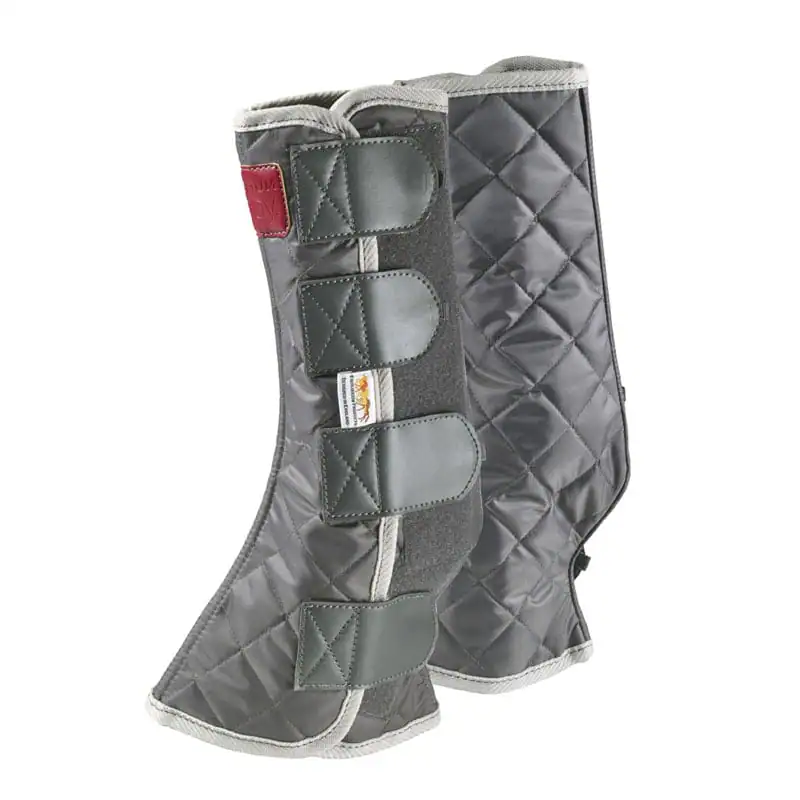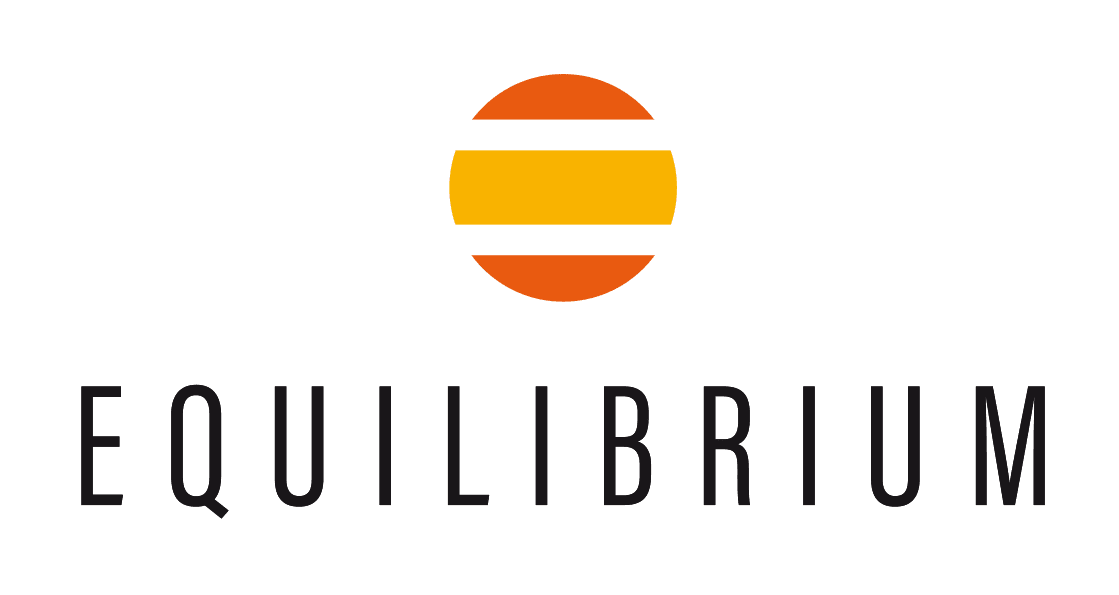1 year product guarantee
Free delivery on most orders over £40
Rated 4.9/5 stars on Feefo

Researched & tested products

Innovating for over 20 years!
Supporting Redwings Horse Sanctuary & Brooke
Feefo Gold Trusted Service Award Winner
Get more time to pay with Klarna
The Horse's Hock - Treatments and symptoms of hock joint lameness
The Horse’s Hock Joint
“The horse’s hock is a complex joint, and plays a major part in the generation of power to jump and gallop, as well as to “sit” in advanced dressage movements. As such, hocks are prone to both degeneration and injury.” Natalie McGoldrick MRCVS
The horses hock joint is complex, but important and as most things with horses, can pose multiple problems to our horses working lives. We look into the anatomy of the joint, as well as the common problems associated with it, how they are diagnosed and finally, how they are treated.
Category
Arthritis, Equine Ailments, Hock Joint, Legs, WellbeingHorse's Hock anatomy
The horse’s hock joint is one of the hardest working of all the joints, and plays a critical role especially in performance horses.
It is also one of the most complicated.
The horse’s hock is made up of 10 bones and 4 joints supported by several ligaments.
The largest joint is the tarso crural joint (TCJ), which forms the upper part of the hock and has a ball and socket mechanism. The TCJ has the greatest range of movement and is known as a high motion joint.
The other 3 joints, the proximal intertarsal (PIT), distal intertarsal (DIT) and tarsometatarsal (TMT), act as shock absorbers and are low motion joints.
The lower joints – and particularly the DIT and TMT - are the most common sources of lameness in horses because they are under significant stress in a working horse.
Common problems of horse’s hock joint
Horse lameness is often caused by inflammatory changes that interfere with the normal structure and function of the horse’s hock. Problems can develop gradually so early signs may be as subtle as loss of performance.
Other symptoms include:
- intermittent lameness with or without heat or swelling
- initial stiffness that improves during warm-up
- resistance to going downhill
- soreness in lower back muscles as a result of overcompensating for the hocks
Potential horse hock joint problems include:
- capped hock
- thoroughpin (puffy swellings similar to windgalls seen around the fetlocks)
- bog spavin (not a condition as such but caused by an inflamed joint)
- bone spavin
- and most commonly, osteochondritis dessecans (OCD) and osteoarthritis (OA) i.e. arthritis of the bone.
Osteochondritis dessecans (OCD)
OCD and OA are progressive conditions, which mean they tend to worsen over time. They both affect the bone and cartilage causing inflammation and pain. In OCD, abnormalities of the bone and cartilage may result in small fragments breaking off and floating around inside the joint which also cause inflammation.
OCD may arise due to rapid growth – it’s often seen in young horses and in foals less than a year old – or due to nutritional issues, genetics, hormonal imbalances or due to trauma relating to exercise.
Osteoarthritis (OA)
OA arises because the inflamed bone produces additional bone and arises in the lower hock. This process of new bone formation causes restricted movement in the joint, alongside pain and lameness.
Horses undergoing high-intensity exercise or those with poor conformation, such as straight, sickle or cow hocks, are more prone to developing hock problems such as OA, though it can also arise in horses doing little work.
Diagnosis of OCD and OA of the Horse’s Hock Joint
Your vet can perform a number of tests to diagnose hock problems, including flexion tests and X-rays.
Natalie McGoldrick MRCVS of South Coast Equine Vets says,
”The horse’s hock is a complex joint, and plays a major part in the generation of power to jump and gallop, as well as to sit in advanced dressage movements. Hocks are prone to both degeneration and injury.
Probably the most common hock issue is arthritis; this can present subtlety as a small drop in performance, up to signs as obvious as moderate to severe lameness. It is rare to see hock arthritis other than in the lower two hock joints. The hock is also very exposed. It is a common joint to bear the full force of a kick from another horse, or to be badly wounded if a horse kicks through fencing. I always advise for any hock wounds or swellings to be seen as a matter of urgency, especially if combined with lameness.
Treatment of OA of the Hock Joint
For OA in the horse’s hock joint, the usual course of action from your vet is the injection of anti-inflammatory drugs, such as corticosteroids, directly into the hock joint (intra-articular injections).
Your horse will need to have a couple of days rest afterwards and then slowly ease back into work. The benefits of these injections may range from a few weeks to a year or longer.
For cases that don’t respond to the conventional steroids, hydrogels may be injected with the aim of reducing pain, conserving cartilage and improving joint mobility.
For cases of OCD, treatment is usually surgical removal of the abnormal bone and cartilage though factors need to be considered such as the severity of lameness, location of OCD and age of the horse.
There are also non-prescription joint supplements available which may promote healthy cartilage and are preventative rather than therapeutic. Use of alternative therapies such as massage, magnetic and heat can also help keep surrounding muscle tissue healthy, as many horses may begin to compensate elsewhere in their bodies.
Why not take a look at our Magnetic Range...
View all products-
 Equilibrium Magnetic Chaps£79.99 View product
Equilibrium Magnetic Chaps£79.99 View productEquilibrium Magnetic Chaps
Magnets where YOU want to support mobility, aid joint function…
-
 Equilibrium Hind & Hock Magnetic Chaps£89.99 View product
Equilibrium Hind & Hock Magnetic Chaps£89.99 View productEquilibrium Hind & Hock Magnetic Chaps
Magnets where YOU want from hoof to hock, to support…
